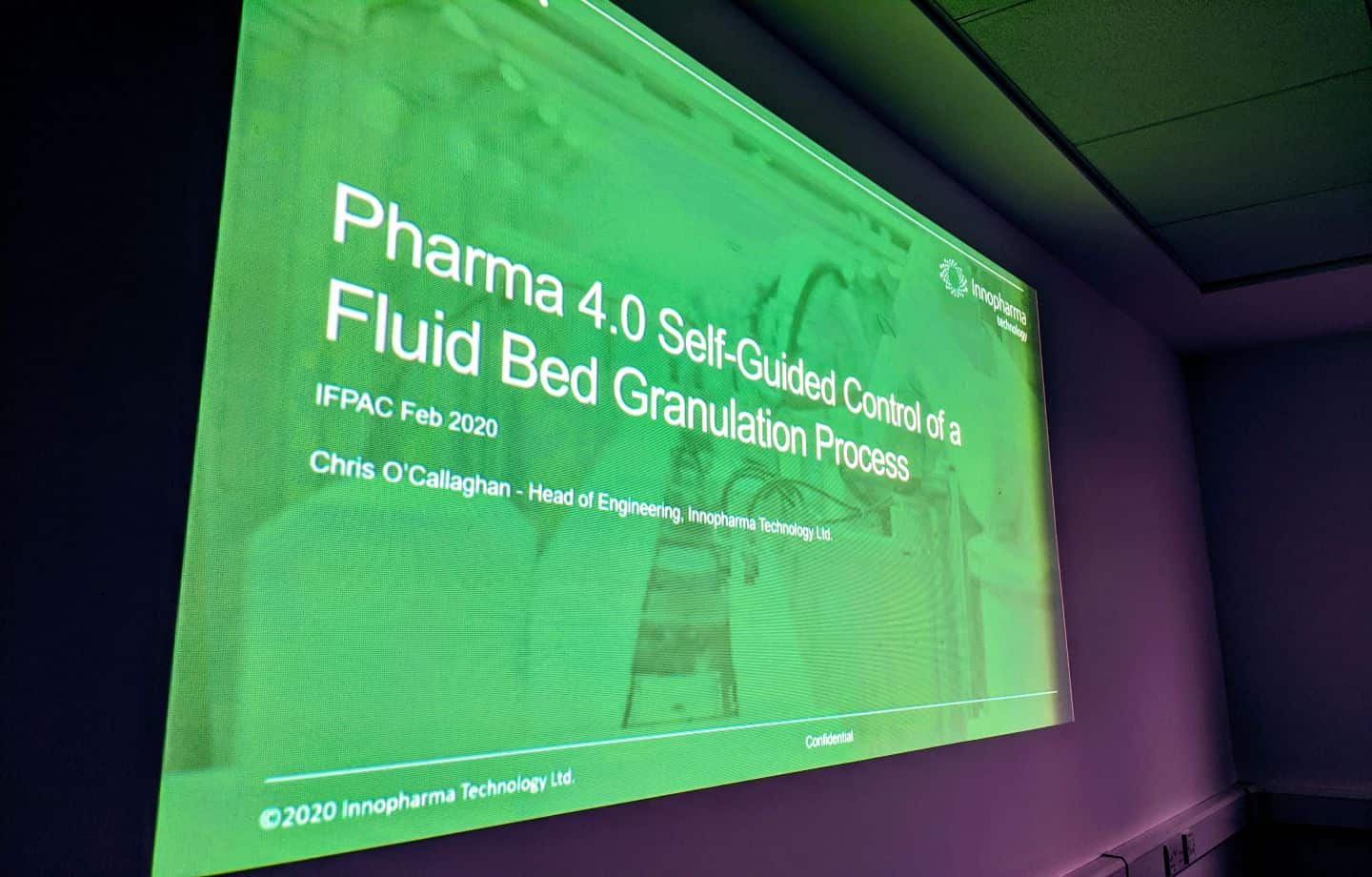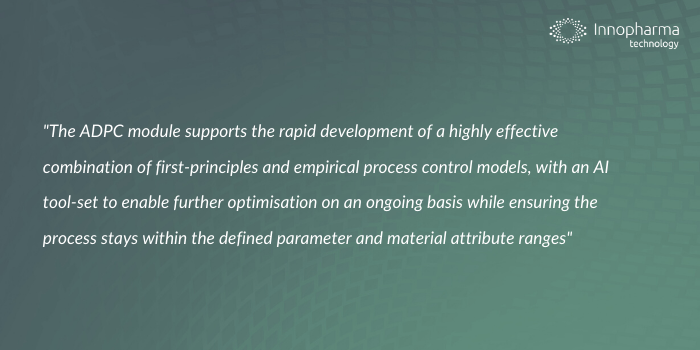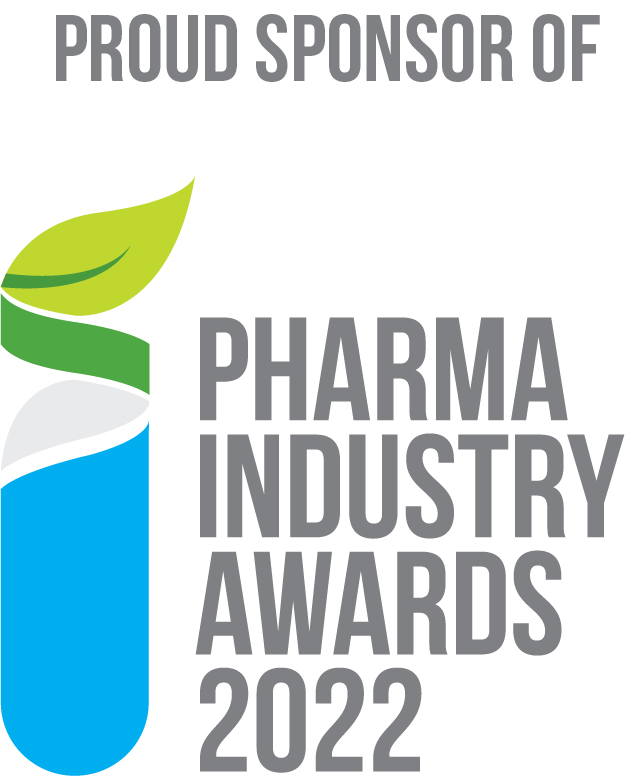IFPAC 2020 – Pharma’s road to Industry 4.0

Over the last few years, Innopharma has devoted itself to intensive research and development of pharmaceutical manufacturing technology, beyond PAT devices, to a holistic approach to smart and dynamic development and control of the processes. Every year, InnoGlobal Technology (formerly Innopharma Technology) joins the cohort at the IFPAC Conference. This year, the IFPAC 2020 Annual Meeting was held in Maryland, USA, from 23 to 26 February. Chris O’Callaghan, head of the engineering team at InnoGlobal Technology (formerly Innopharma Technology), shared his view on this year’s IFPAC Conference, where he exchanged knowledge and presented a practical implementation of Industry 4.0 architecture. Let’s go through his observations.
—————————————————————————————————————-
It is interesting to visit IFPAC every year (this has been my fourth year in a row) and see how the focus of the pioneering technologists from both academia and industry moves ahead each time. Much like ourselves in InnoGlobal Technology (formerly Innopharma Technology), there has been a trend over the last several years away from a pure Process Analytical Technology (PAT) mindset, towards a more holistic approach of enabling maximum utility from the process and PAT data collected.
The concepts of “Industry 4.0” and the “Industrial Internet of things” (IIoT) were, of course, very on-trend, to the extent that with ‘tongue in cheek’ one Researcher, to solve the queues at the conference breakfast buffet proposed a “Toaster 4.0”. This would have connected access to everyone’s done-ness preferences depending on everyone’s need type or formulation if you will… a conversation that sadly ended mired in data protection/privacy issues!!
On a more serious note, one particularly exciting and growing area of research leveraged a combination of first-principle process models with that of machine learning techniques. For efficiency, machine learning requires large volumes of training data. This approach of combining process models with that of machine learning is effective in addressing the lack of such data volume in pharmaceutical manufacturing processes relative to other manufacturing sectors.

However, the disparity in data volumes between pharmaceutical processes and other sectors was discussed at several talks, like the effectiveness of using combined modelling and machine learning approach, which has proved itself to be highly valuable in other analogous industries such as medical devices and fintech. The Advanced Dynamic Process Control (ADPC) system, which we have developed over the last couple of years as part of our SmartX process automation product, fits well with this trend.
The ADPC module supports the rapid development of a highly effective combination of first-principles and empirical process control models, with an AI toolset to enable further optimisation on an ongoing basis while ensuring the process stays within the defined parameter and material attribute ranges. I believe, at this point, you would like to know more about our experiment and how exactly we achieved a better process understanding. Therefore, I invite you to read more about how we have used the ADPC module to develop a novel fluid bed granulation control strategy in our recent Pharmaceutical Technology article linked here.
Chris O’Callaghan | Head of Engineering

